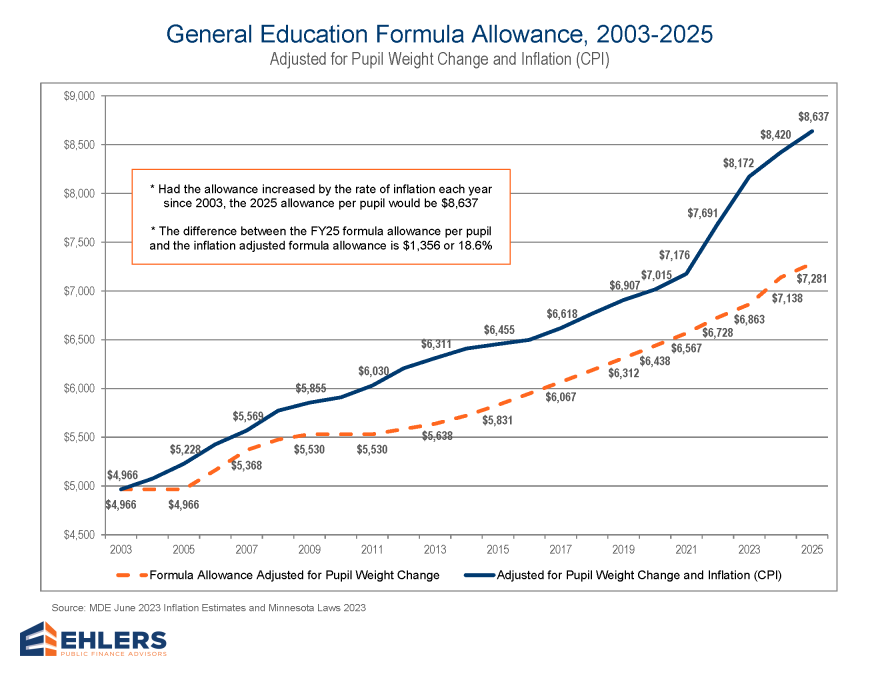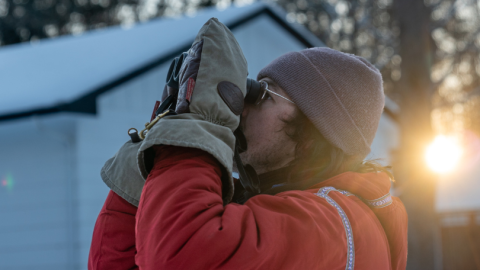As school districts prepare for budget season in the new year, several Northern Minnesota schools will be carrying the results of the election with them.
Ten districts in the region posed ballot questions to voters in November, seeking an increase in referendum revenue, permission to borrow money to improve facilities or capital project funds for things like transportation, technology and textbooks.
Grygla is a small district of around 135 students in northern Beltrami and western Marshall counties. It asked voters three questions: to renew an expiring 10-year, $1.5 million capital project levy, to raise per pupil referendum revenue from $460 to $2,175 and for an additional 10-year $1 million capital project levy.
All three passed with at least 60% of the vote.
Derek Gieseke has been with the district for six years and the superintendent for the last year-and-a-half. He said there was a level of relief after Election Day.
“Inside the school, the day after the election it was almost a warmth of just excitement,” he said. “We can start working towards getting this school up to snuff."
Grygla is one of four Northern Minnesota districts that passed all its ballot questions. Four districts were completely rejected, and two had split results: one yes, two nos.
Gieseke knew that districts are typically less successful during presidential elections. He said this year, only 35% of school ballot questions passed statewide.
“Taking all of those things into consideration, it was very nerve-wracking, but again it goes back to, we have an extremely supportive community here that wants the school to succeed and wants it to stick around,” he said.
Because the district had to renew its existing capital project levy, Gieseke said it felt like the right time to ask for more.
In the neighboring Lake of the Woods district, it was also a matter of timing. Superintendent Jeff Nelson said the district is trying to build its fund balance without cutting programming.
"We felt that waiting — the more we wait the harder it’s going to be, as far as when the revenue is actually available,” he explained. “Also, to run a special election actually costs the district more to run it independently.”
Lake of the Woods asked voters to approve a 10-year, $4 million capital project levy and issuance of $4 million in bonds to pay for roof, masonry and flooring repairs and improving safety and traffic flow.
Both questions failed, with roughly three of every five voters saying no.
“I think the biggest feedback that we got from residents was concerns with the cost for them at home,” Nelson said.
State funding gaps
Though they may have had opposite outcomes, both superintendents gave the same reasons for their districts’ financial challenges: declining enrollment and state funding not keeping up with inflation.
Every couple years, the Minnesota Legislature sets how much general education aid districts will get from the state per student. Over the last two decades, how much that aid increases each year has varied significantly, from nothing to as much as 4%.
Estimates from the Minnesota Association of School Business Officials show if state funding had matched inflation rates, districts would be getting roughly $1,300 more per pupil. In Grygla, that’d be over $175,000.

“If they followed along the entire time with that equation, there’s a good chance that that big referendum wouldn’t have had to go,” Gieseke said.
The massive 2023 education bill fixed part of the issue. Starting next year, state law will require a 2-3% increase in general education aid each year, depending on inflation.
But that doesn’t fix the current shortfall. And just like inflation since the COVID-19 pandemic began has impacted most households, it has hurt school districts, too. The gap between existing state aid and what it would be if adjusted for inflation has more than doubled since the 2020-21 school year.
That reality has forced districts across the state to make difficult financial decisions. Gieseke said Grygla has been deficit spending and putting off projects. That's why the election outcome makes such a difference.
"Being able to jump into our budget for next year and being able to have these dollars to help assist in making ends meet, that’s an exciting time,” he said. “I’m very eager and excited to get working on that stuff.”
In Lake of the Woods, Nelson said over the last few years, the district’s cut around $900,000 from its budget.
"We haven’t lost programming, but I think if we have to do any more cuts other than absorbing retirements that we’re going to have to start getting into some programs,” he said.
Nelson also pointed to unfunded mandates like summer unemployment compounding an already difficult situation.
"Eventually, unless the state can close the funding gap with inflation, we will need to go back to the voters if we want to maintain our facilities and programs in the future,” he said.
“Our immediate challenge right now is to balance our budget, build our reserves while maintaining programming for our students and the community."











